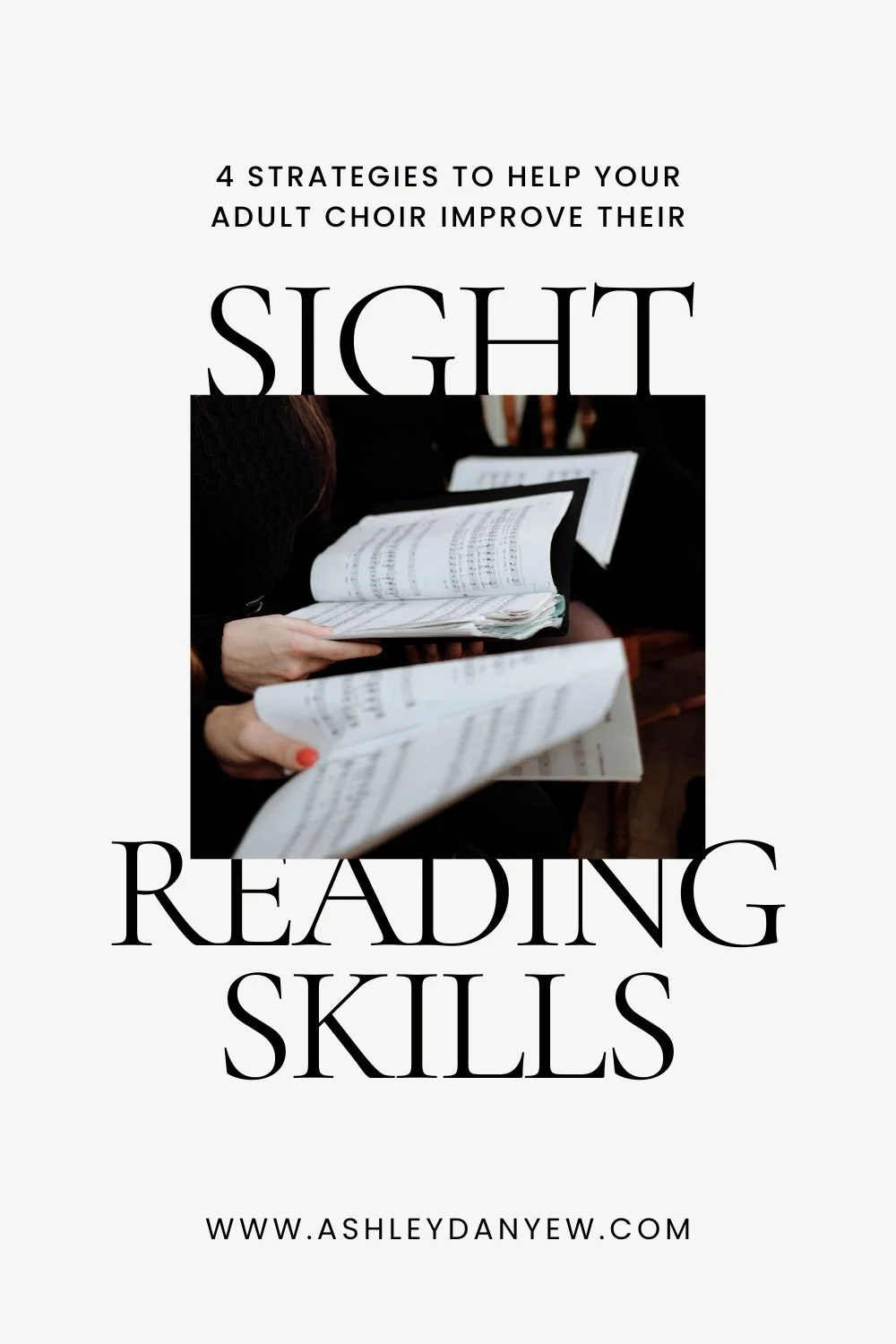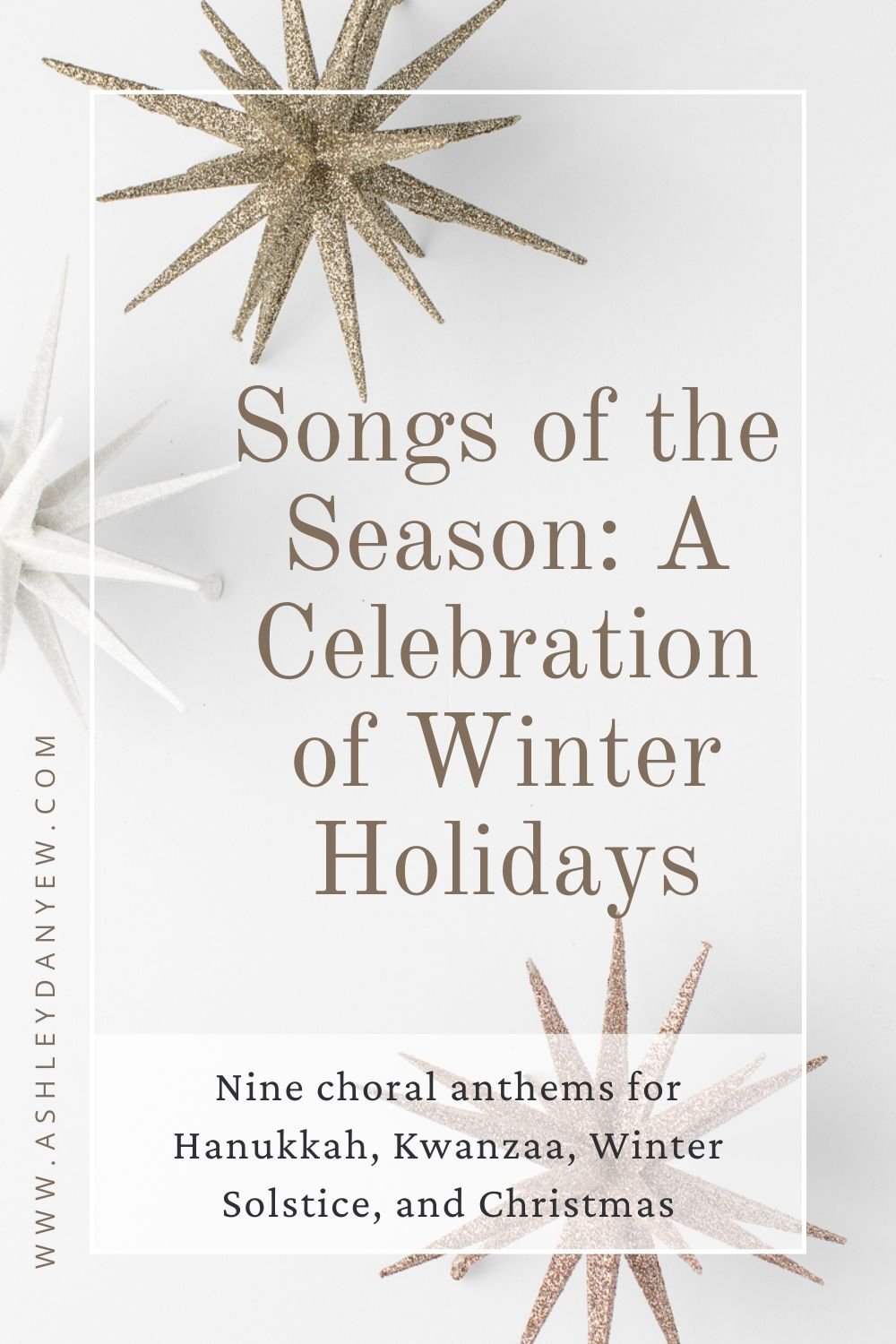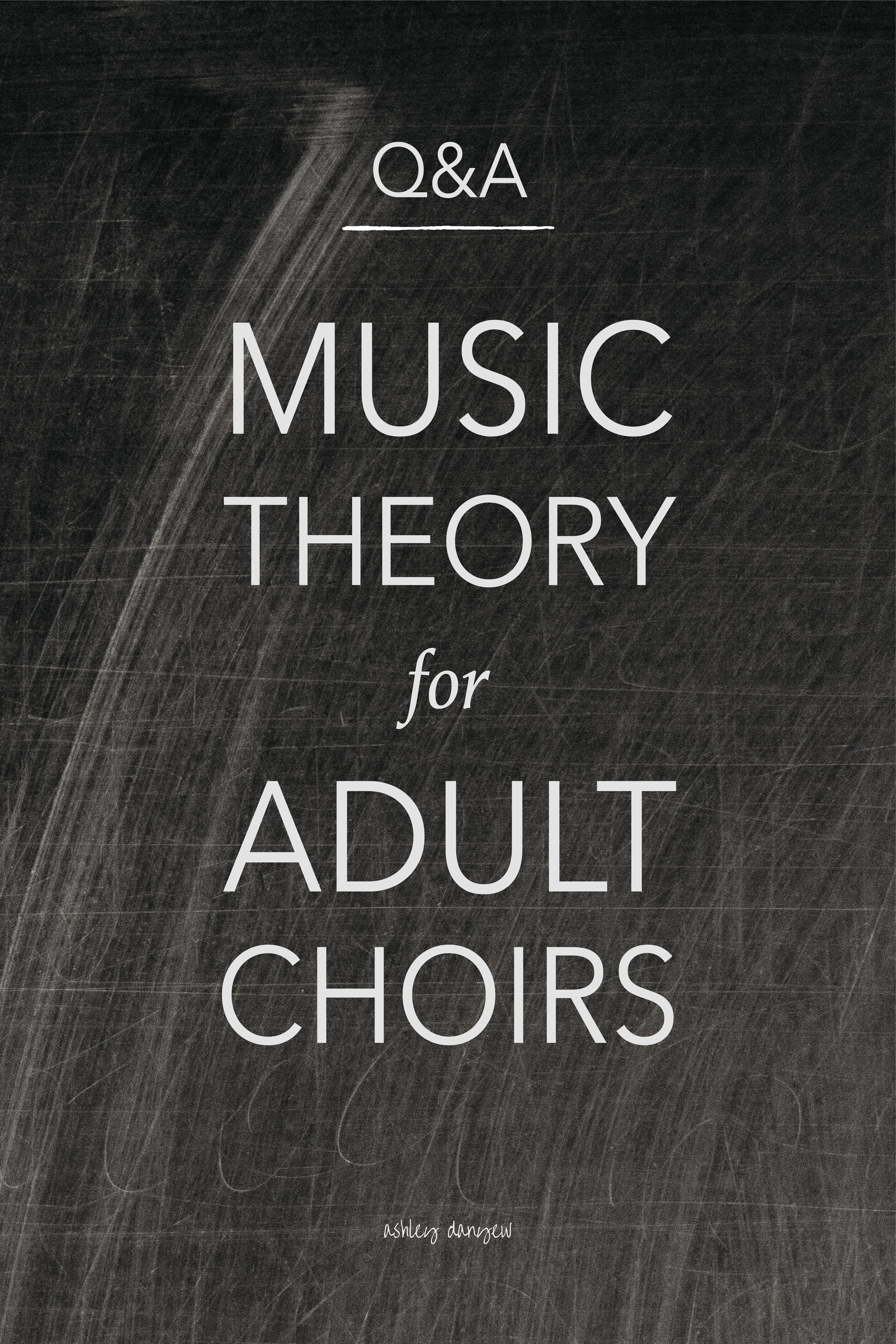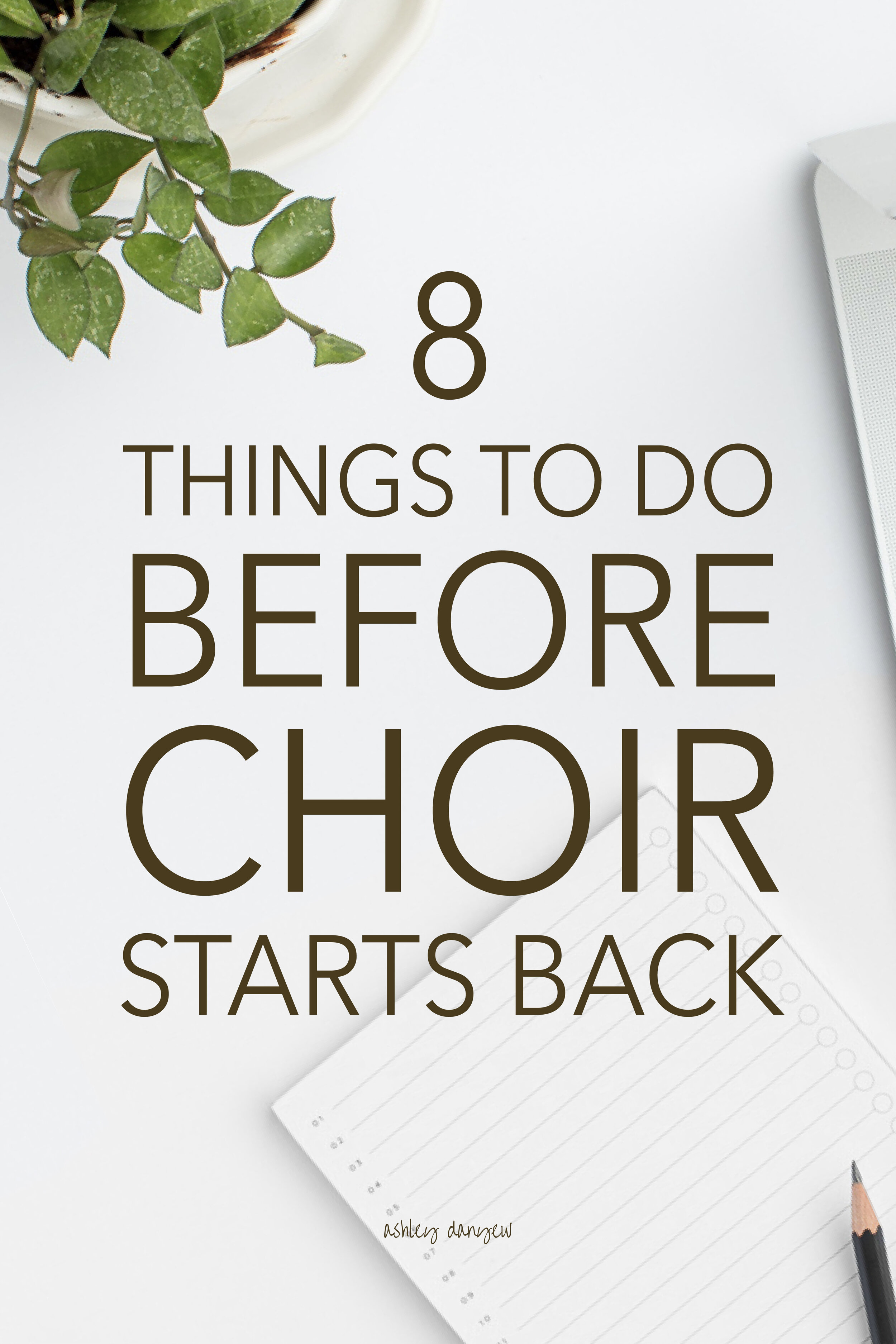Has there ever been a moment in history when we were told we couldn’t sing?
For centuries (millenniums, even) we as a people have found singing to be a symbol of hope, community, and joy; a tool of reconciliation, justice, and peace. And now, in this season of isolation, we recognize that music can still bring us together even when we can’t be together.
But what about singing?
Now is the time we need music the most. And yet, we’re told that it’s not safe to sing together.
That singing poses a greater risk than talking, whispering, or staying silent.
That for our own health and the health and safety of all our community members, group-singing will be one of the last things to return to normal.
“The silencing of choral groups could hit hard since an estimated 54 million people — or 1 in 8 Americans — sing in some type of choir, according to a 2019 study made for the group Chorus America.”
(Source)
We are in a new time and place. A new moment in history that’s still being written. One day, people will look back on this time to see how we faced these challenges and how we responded.
“Did they stop singing?”
”Was group music-making silenced?”
How will we respond to this moment?
We know the power of music and singing to heal, comfort, and bring hope; and as singers, this is our gift to offer the world right now.
Can we gather in our traditional groups, come together, and lift our voices? Not at this moment and maybe not for a while. But can we still sing and find ways to keep music alive in our hearts and homes? Yes.
While most of us have grown accustomed to the choral singing environment, the truth is we don’t need a choir to sing. We don’t need a piano or organ or conductor or even music in our hands to sing.
We can sing right where we are, with what we have.
From singing along with your favorite song on the radio to singing in the shower, singing a dinner blessing with your family to singing a lullaby at bedtime, music and singing have been part of our social and cultural traditions for centuries. And that doesn’t stop now.
As music educators, as choral directors, you have an opportunity to lead by example, to use music as a tool to keep people connected, to inspire others, to bring hope to a world, and a people that desperately need it.
Related post: 19 Ways to Connect (and Sing!) with Your Choir Virtually
So pull out those art songs you studied in college and spend some time relearning them and singing for your own enjoyment. Sing a different part on each verse of the hymns with the livestream service on Sunday. (Encourage your choir members to do the same! Consider including a scan of the music in the bulletin, if you aren’t already.)
Sing along with your favorite choral masterwork on YouTube. Record a favorite anthem or piece with your choir (here’s an easy tutorial) or collaborate with a friend using the acapella app.
“Most of all, create these opportunities for those you teach.
Don’t stop singing just because you can’t gather in traditional ways.”
But most of all, create these opportunities for those you teach. Don’t stop singing just because you can’t gather in traditional ways.
Lead your choir through a new anthem over Zoom, even if you only hear yourself singing. Create an opportunity for others to sing and make music in their homes, to experience singing with you.
Invite your students to sing or play along with you, even though they’re muted and you can’t hear the collective sound. By doing so, you’ll give a gift that transcends shelter-in-place orders, that turns moments of isolation into inspiration.
Think of it from their perspective:
For you, the experience may be solitary: hearing yourself sing and seeing people’s faces without being able to hear their voices.
But for them, the experience is shared: hearing your voice and their own mingled together, experiencing what it’s like to sing with someone, and seeing the collective group experiencing this at the same time.
There’s something powerful about the shared music-making experience — we all know this to be true. And we’re all grieving this loss during this time apart. But this doesn’t have to be the end of music-making. We do not have to be silent.
Let this be a moment in history when they see us stare into the face of silence and sing all the more.
“My life flows on in endless song;
Above earth’s lamentation,
I catch the sweet, though far-off hymn
That hails a new creation.
No storm can shake my inmost calm
While to that Rock I’m clinging.
Since Christ is Lord of heaven and earth,
How can I keep from singing?”






































